What to Watch: Workwear Rules the Runways as Consumers Embrace Heritage Brands

From Carhartt’s collaborations with Sacai and Junya Watanabe to partnerships between Wrangler and Sandro as well as Dickies’ and Willy Chavarria, American workwear is having a moment.
Utility details have long been a key reference in menswear, but the trend has become pervasive among high-fashion brands over the past few seasons, as evidenced by Fendi’s chic factory boys in leather aprons, Andersson Bell’s gardener and the mechanic-inspired jumpsuits at Valentino and Magliano this past season. All of which are helping to turn American workwear staples into the ultimate fashion expression.
More from WWD
How Scotch and Whiskey Labels Are Broadening Their Reach Through Fashion
Willy Chavarria and Dickies Have a New Workwear Collaboration
But while workwear may have dominated the European runways, closer to home it’s the truly authentic brands that have been the major beneficiaries of the bump in business as Gen Z consumers embrace labels with a real heritage in the category.
The halo effect also reaches beyond strict workwear. The pandemic-fueled interest in the outdoors hasn’t waned and brands that target this area of the market, such as Columbia Sportswear and L.L.Bean, are benefiting.
“I think consumers have a growing desire for authenticity and appreciation for practical, functional clothing,” said Alex Guerrero, senior vice president and general manager of global product at Carhartt. “People are valuing versatility that can serve them for work and play, and workwear aligns with the trend toward minimalism and sustainability. Also, the nostalgic appeal of vintage workwear contributes, offering a sense of authenticity and connection to the past through simplicity and durability.”
Because Carhartt still embraces its workwear roots — the company started making overalls for railroad workers in 1889 — its authenticity appeals to a whole new generation of users, he said. “At Carhartt, we aren’t chasing trends. Our focus will always be to solve the needs of hardworking people.”
Over the past five years, the company has seen heritage products such as its Active Jacket, Chore Coat and B01 work pants as among the most popular, along with vintage and secondhand Carhartt products. “We’re also seeing an uptick in demand through our Reworked resale program, further underscoring how Carhartt gear can be passed down to people who can put it to good use,” Guerrero said.
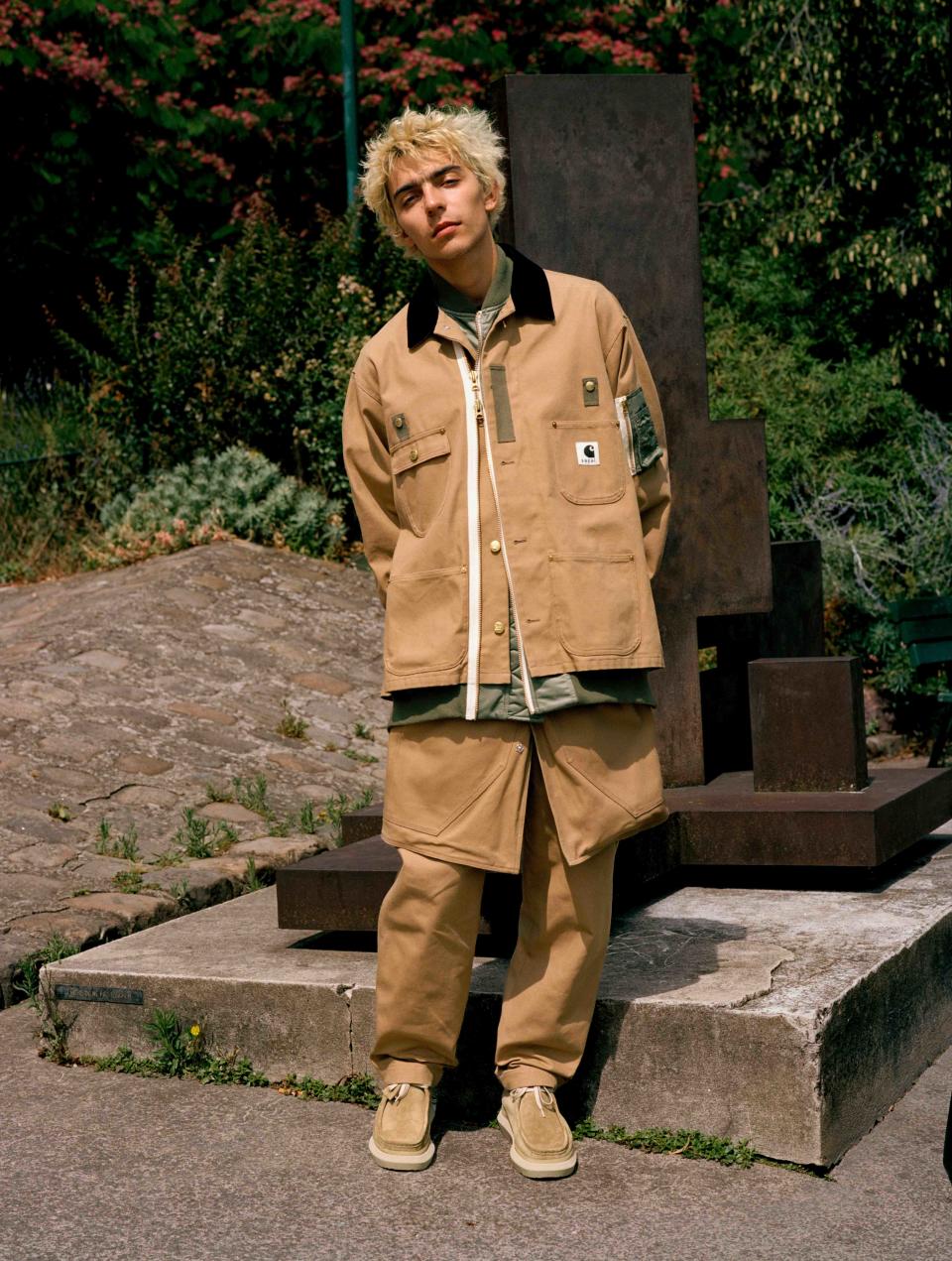
In addition, womenswear has experienced “amazing growth,” he added, demonstrating how underserved women have been in the workwear field. And its Carhartt Work in Progress, a streetwear inspired offshoot of the core brand that is headquartered in Switzerland, has developed a large following worldwide.
For the Carhartt brand, its most “impactful” collaborations have been with Guinness and Batman, Guerrero said. “While slightly different and unique in nature, both were rooted in the spirit of craftsmanship and hardworking people who aren’t afraid to roll up their sleeves.”
Carhartt is not alone in its extension from pure workwear brand to fashion darling. Dickies, which got its start making bib overalls for American workers in 1922, has also broken out, teaming with everyone from Opening Ceremony, Gucci, and Supreme to Sydney Sweeney x Ford in the past year alone. Its collaboration with Latino designer Chavarria launched earlier this month, a revival of a relationship that started in 2014 when he helped the company launch Construct, a premium label of elevated workwear looks.
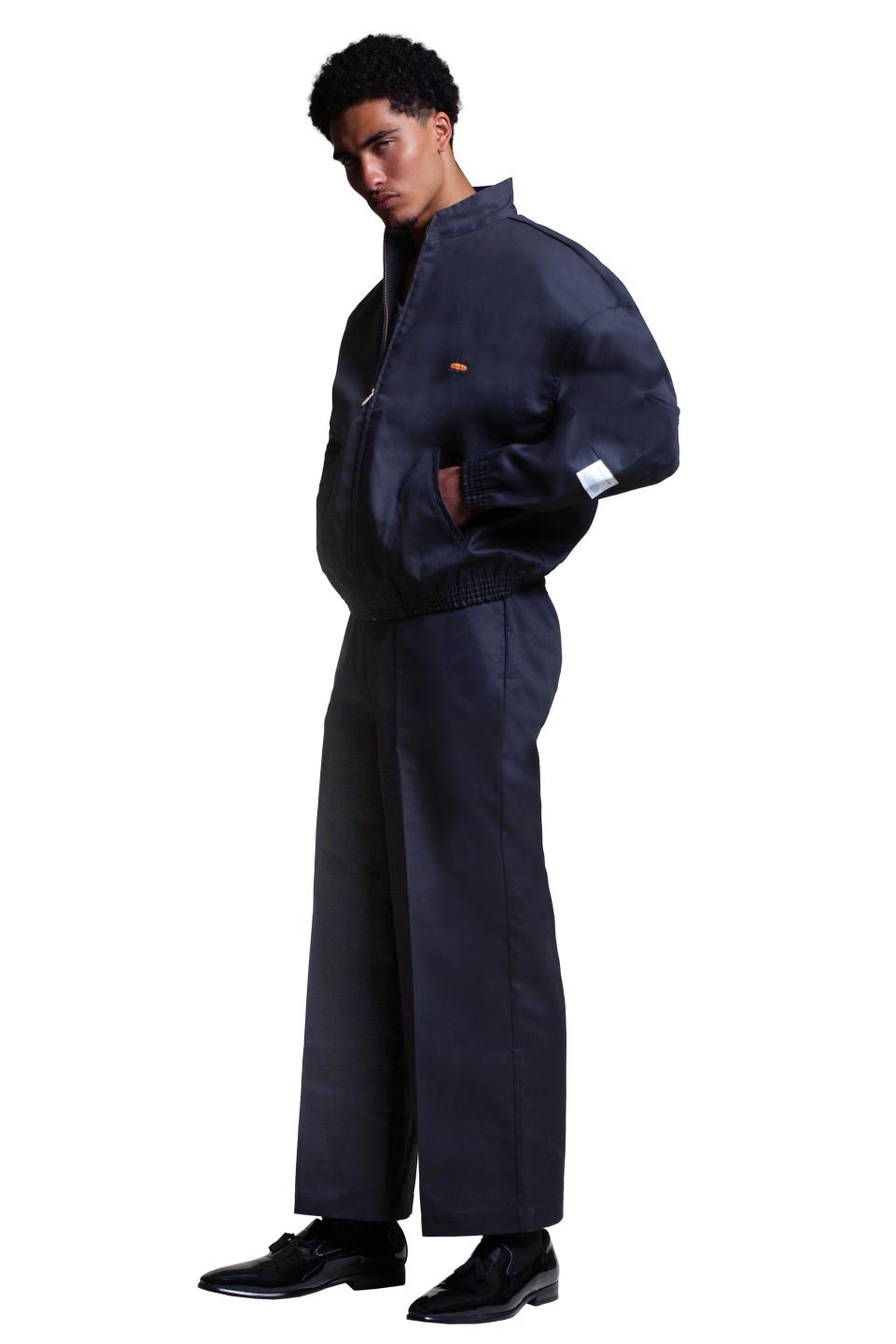
Sarah Crockett, chief marketing officer of the Texas-based company, believes Dickies’ success centers around its ability to remain authentic even as the fashion pendulum swings and the brand is embraced as more of a lifestyle label. As an example, she said that Dickies has long been the label of choice for the skateboarding community because of the durability of its products, which in turn introduces new and younger customers to the brand.
“We’re a big believer in partnerships and collaborations,” she said. “Dickies is a blank canvas and we are here for the makers and we benefit by reaching new audiences.” She said Dickies’ most successful collaboration to date has been with Jameson, the Irish whiskey brand, which was sold in 26 countries, and the Sydney Sweeney x Ford partnership, inspired by the actress’ restoration of a 1969 Ford Bronco, resulted in the greatest traffic numbers to the Dickies website.
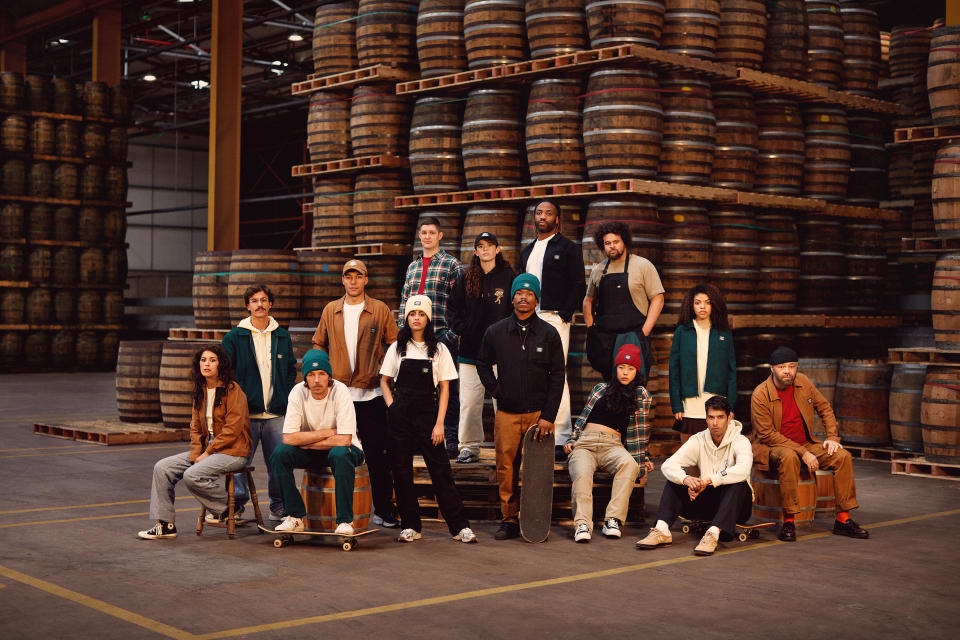
“Each collaboration serves a different purpose,” Crockett said, “but they all play a role in helping us resonate with different customers.”
She said that while these collaborations create buzz, they are distinct from the traditional workwear collections and don’t generally cross over to the core customer who buys Dickies for their jobs. But both the traditional collection as well as the more lifestyle pieces benefit from the “simplicity of the product,” she believes. “The fabric and silhouette of workwear can be interpreted and styled in so many ways. That flexibility is the attraction.”
Wrangler, whose capsule with Sandro is dropping for fall, has also partnered with a number of brands over the years including Fender, Mini Rodini and Gant. Holly Wheeler, vice president of global brand marketing for the Westernwear brand, said the company looks for partners that are “authentic to the Western space” as well as those designers and brands that are “starting to trend in pop culture” and share a “similar value system.”
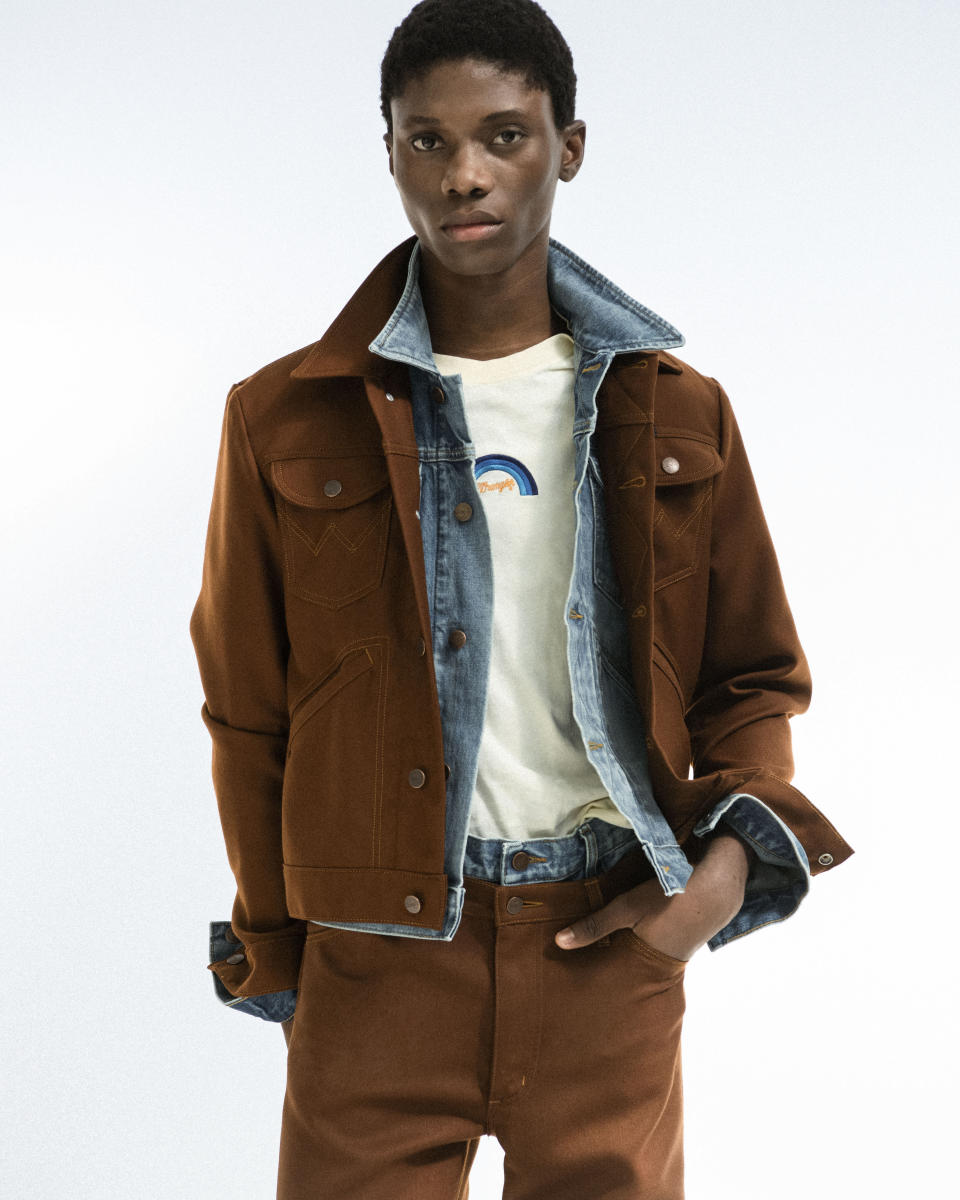
And it’s paying off. “These collaborations have helped to drive growth in our awareness amongst a younger and more diverse audience, gain new distribution, increase organic and direct search across our owned digital channels and drive engagement across our social channels,” she said. “Wrangler specifically benefits because it’s an authentic space for the brand — we have a long heritage in both workwear and utility styles.”
The outdoors market is also benefiting from the change in consumer attitudes and the leaders in the industry are reaping the rewards. Columbia Sportswear, which was founded 85 years ago, has been focused on the outdoors market since the beginning. Earlier this month, it launched the Landroamer Collection of outerwear, sportswear and footwear designed to appeal to the “overlanding community,” a combination of off-roading and camping that is gaining popularity among young people. But while the collection may offer all the bells and whistles needed to be warm and comfortable in the wilds, it also features updated styling.
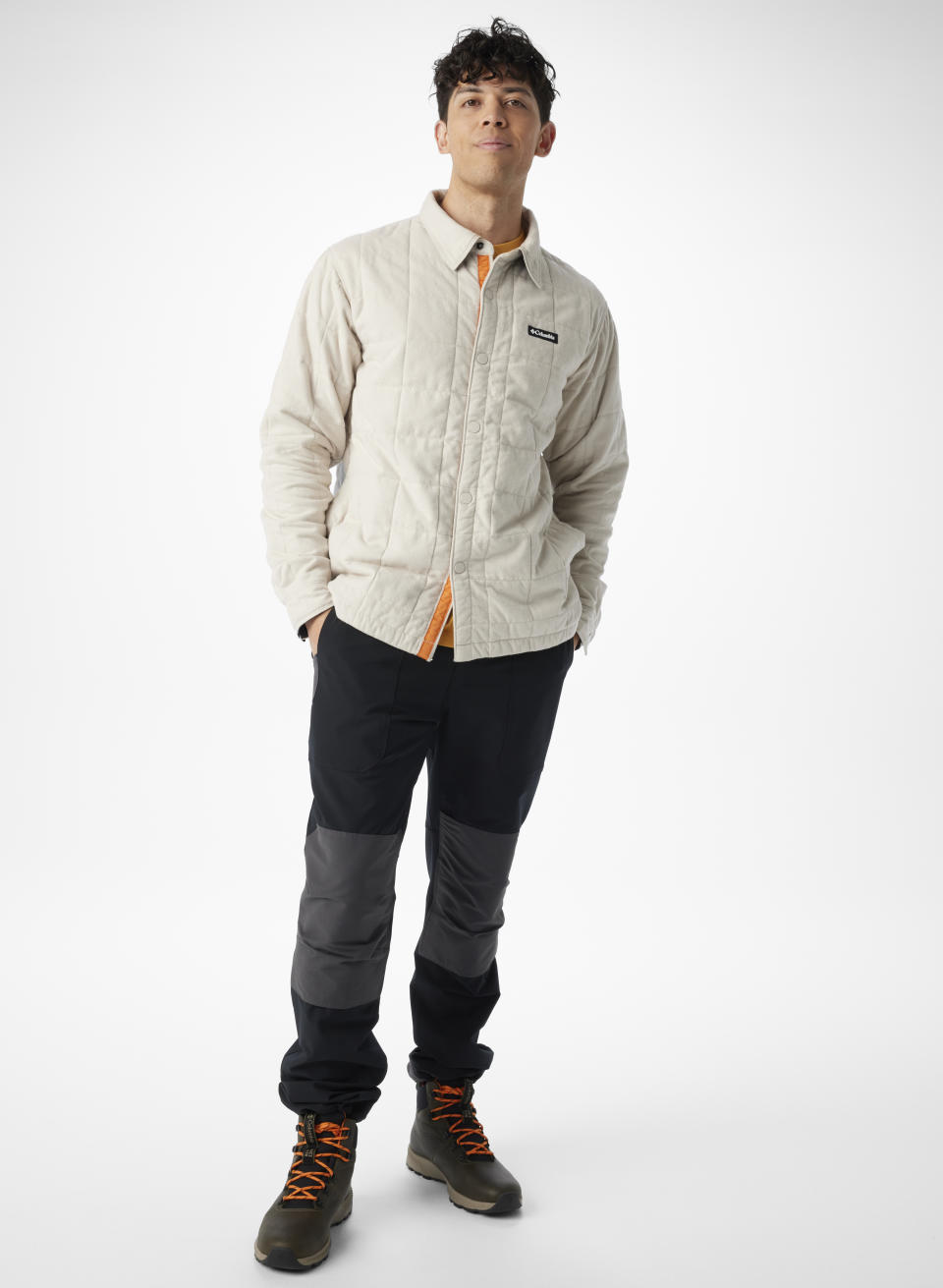
“We’re always looking for the white space but also what is authentic to the brand,” said Lee Braxton, product line manager for men’s sportswear. “We’re focused on key trends such as vehicle-based adventuring and felt there was an opportunity there for people who have been reinvigorated and found the outdoors in the last few years. And because Columbia is a heritage brand, we have license to operate there. The idea for Landroamer came to life at the same time as the fashion world was looking at utility, so it was a nice confluence of ideas.”
Ryan Bucci, senior product line manager of footwear and for Columbia’s PFG (performance fishing gear) collection, added: “People have been getting outdoors more in the past decade and the pandemic amplified that. And that opened the aperture of what you can do outdoors.”
Key pieces in the Landroamer collection include a quilted shirt jacket, a down parka and oversize pants in apparel and three styles of footwear: a waterproof boot, a Scout book and a Camper shoe.
“These are core iconic foundational pieces that express the outdoors whether you’re in the Grand Canyon or in the city,” Braxton said. “What we tried to do with this collection was keep an eye on the past but stay consumer focused to make the product more relevant.”
L.L.Bean, which was founded 111 years ago in Maine by avid hunter and fisherman Leon Leonwood Bean, is also a go-to brand for the shopper seeking authentic outdoor gear. “Instead of chasing trends, we’ve first and foremost focused on developing high-quality outdoor goods that are built to last,” said Amanda Hannah, the company’s head of external communications and brand engagement. “Our heritage continues to resonate with those who have worn L.L.Bean since childhood, and those who are just discovering L.L.Bean today. We credit that ongoing relevance to our unwavering commitment to craftsmanship and goods that help people enjoy time outside. Some of our most well-known, longstanding products that were built for utilitarian purposes but have made their way into daily wardrobes include our rugged Field Coat, Maine Guide Shirt, Chamois Shirt, the beloved Boat and Tote, and the boot that started it all — the Maine Hunting Shoe.”
Over the years, L.L.Bean has partnered with everyone from Todd Snyder and Nordstrom to Moosejaw and Scheels, who “help us bring to life the unrivaled beauty of Maine through a variety of products,” she said.
And she doesn’t see an end in sight. “Everything we make at L.L.Bean is crafted with durability in mind. Trends come and go, but you just can’t beat a well-made jacket that was passed down from your grandfather, or a great pair of boots that can be re-soled many times over. I think people are craving quality, well-made and well-loved goods with a story to tell. That’s what we believe in at L.L.Bean, and I think that’s what will continue to make our brand relevant for another 111 years.”
Best of WWD


